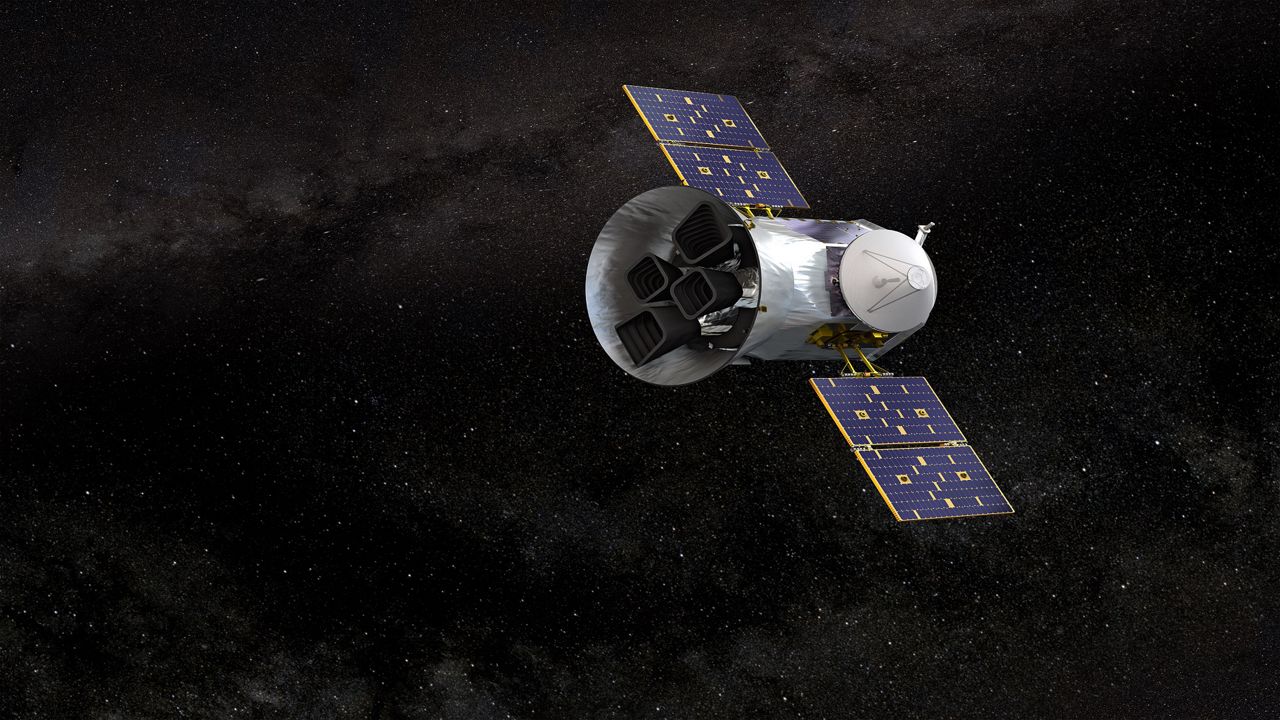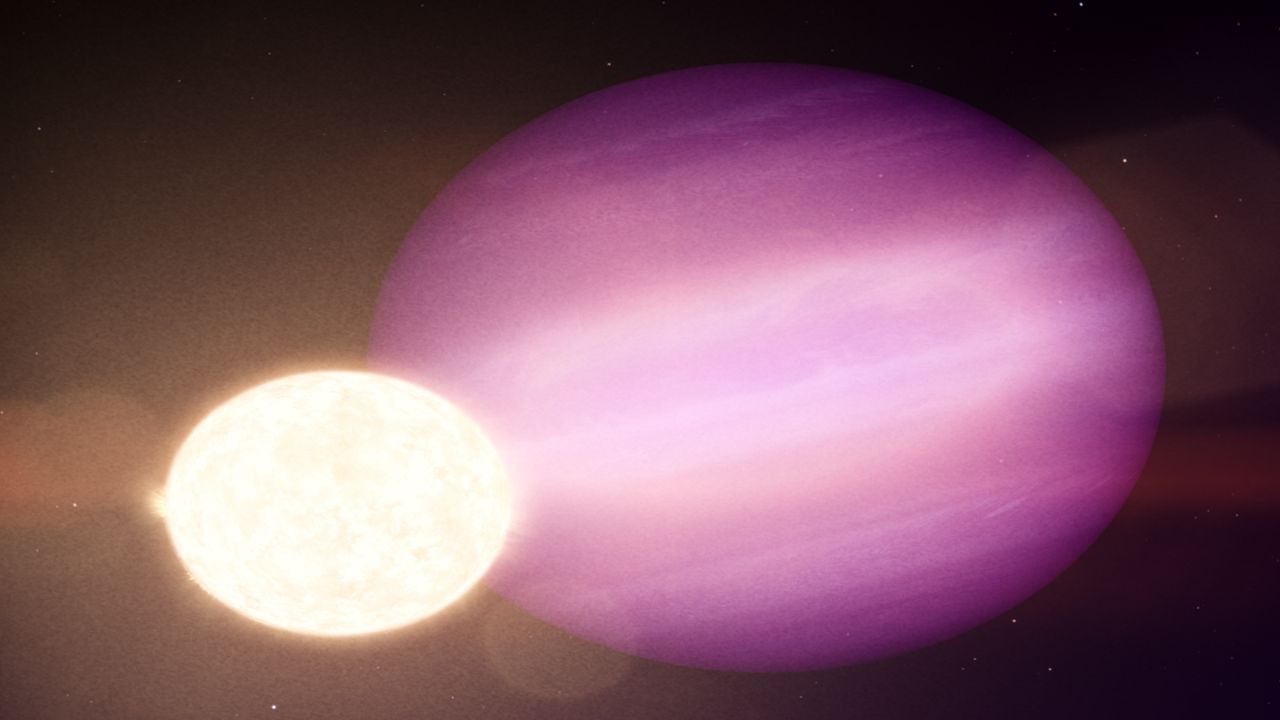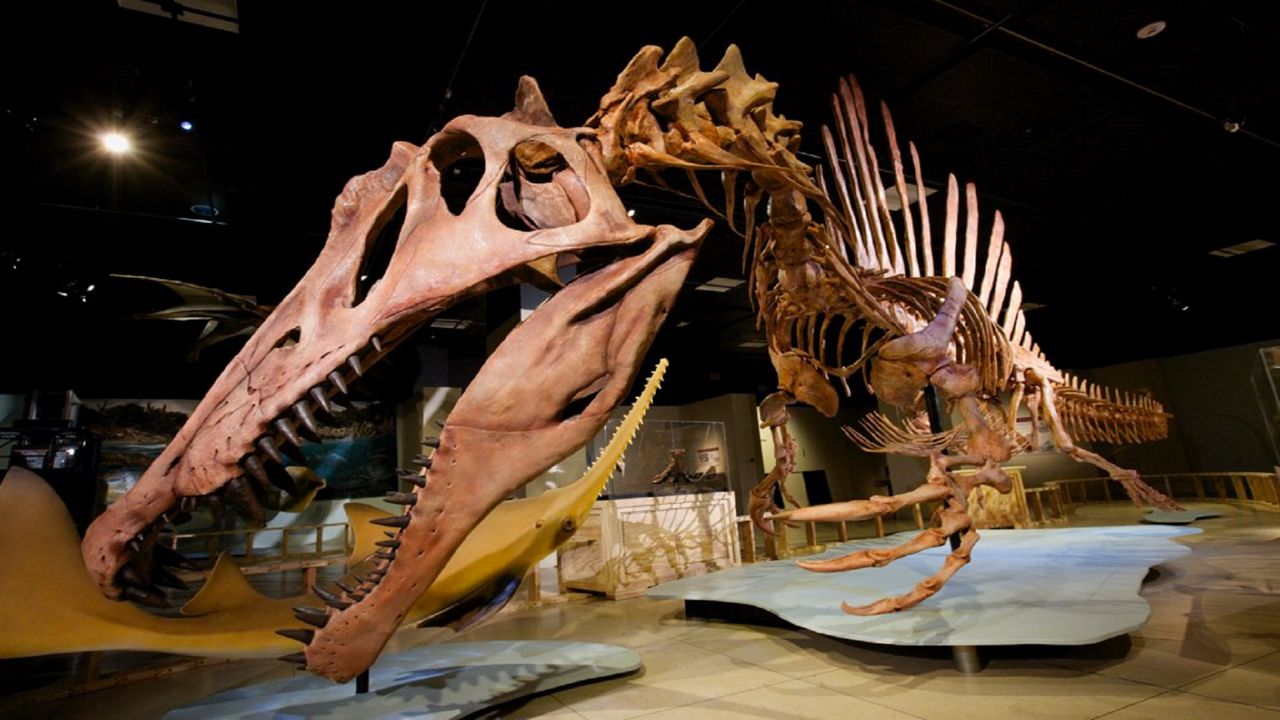MADISON, Wis. — A long time ago, in a solar system far, far away, a star exploded.
Like stars tend to do when they run out of fuel, it probably puffed up to a red giant many times its original size, engulfing nearby planets in its wake, says Andrew Vanderburg, an assistant professor of astronomy at UW-Madison. It then shrank down into a dull, dense white dwarf, which would start to cool off over the years.
But the really interesting part is what seems to have happened next, Vanderburg says.
He and his colleagues recently discovered a large planet, about the size of Jupiter, tightly circling the dead star — the first time a planet has been found in such close orbit to a white dwarf. This means a planet was probably farther away from the star at first, but then was pulled into a tighter orbit after the blast.
“We knew that planets could survive orbiting far away from the star. But no one really knew if they would ever come back in close,” he says. “And that's what we learned from this discovery is that, yes, it turns out that they can come back in close. And I think more importantly, they can actually survive that process.”
Vanderburg, who started working on this study while at the University of Texas-Austin, and his team, which included more than 60 other scientists from across the world, published their findings last week in the journal Nature. Their discovery is one that could expand how we think about possible star systems — and inform our search for life beyond Earth.
The authors estimate that the star they focus on, dubbed WD 1856+534, probably became a white dwarf about six billion years ago. The planet they observed is about the size of Jupiter, and circles the white dwarf every 1.4 days.
"It's about 10 times the size of the Earth, or about seven times bigger than the star itself, which is pretty crazy," Vanderburg says. "It's rare to see a planet that's bigger than its star."
The whole system, which sits about 80 light years away from us on Earth, was found by combining observations from multiple telescopes.
Vanderburg says he first started digging into this planet late last year after he came across an interesting signal from NASA’s space telescope, TESS, which is designed to search for planets outside our solar system. TESS works by monitoring large areas of the sky and capturing little dips in a star’s brightness, possible signs that a planet is passing in front.
In graduate school, Vanderburg had actually come across a system with a similar setup to his new discovery, a planet orbiting a white dwarf, but the planet was in the process of getting destroyed. He says he was looking for more examples like this one while parsing through the TESS data.
“We were looking for these planets that were getting pulled apart and destroyed by looking for their shadows as they orbited a star,” Vanderburg says. “And that's when we found this one. So we were not necessarily expecting to find a planet that had actually survived the process.”

Philip Chang, an associate professor of physics at UW-Milwaukee who was not involved with the study, says he thought it was clever of the authors to dig through TESS’s “garbage” — signals that had been discarded because they didn’t appear to come from living stars.
Because the white dwarf is relatively dull, though, Vanderburg says it was hard at first to tell whether the interesting signal was actually coming from this star or from other, brighter ones nearby. So he called for backup: He reached out to two amateur astronomers he’d connected with before, people who “have telescopes in their backyards and are very good at using them.”
Within about a week, these astronomers were able to provide more data that helped support the initial TESS signals and kickstart the project. From there, the team was able to request more observations from professional telescopes to confirm their findings.
The last piece in the puzzle was to get observations from Spitzer, NASA’s recently retired space telescope that scanned the universe for infrared signals that recognize heat. The Spitzer data showed that the object in orbit didn’t appear to give off heat, confirming it was a planet rather than a star, Vanderburg says.
So, with all of these different observations in mind, the team concluded they had found something new: a huge planet tightly orbiting a white dwarf. But how did it get there?
That’s a question Juliette Becker, a co-author on the study and 51 Pegasi b postdoctoral fellow at Caltech, was especially interested in answering.
“This is the perfect example of a system where we know for a fact that this planet did not form where we see it today,” she says.
Becker, who worked on modeling the system’s movements through equations, says she was immediately intrigued by the possibility of this planet, the first time a “hot Jupiter” — a giant planet with a short orbital period — would be found around a white dwarf.
She says they’re pretty confident that this planet started out much farther away from the star, since it wasn’t destroyed during the star’s red giant phase. After that, there are a few ways the planet could have moved into its current orbit, based on her modeling.
“Originally, my goal was to try and determine a single correct method by which this planet has come into its current orbit,” Becker says. “Pretty soon I discovered that, OK, we're not actually going to be able to figure out a single method, but there's multiple options that work.”
The first step to bring the planet in would involve exciting the orbit’s “eccentricity,” changing it from a circle to more of an oval that would bring it in close to the star, Becker says. This could have been the result of other stars’ gravity — either a star that flew by, or others in the area that may have been closer to the planet in the past.
But Becker says it’s more likely that the move inward was spurred by interaction with other nearby planets. As Vanderburg explains, the star would have lost mass as it became a white dwarf, possibly leaving an opportunity for planets to “slingshot” around each other.
“Imagine that you have planets far away from the star. When they were orbiting the star in its normal lifetime, the star had strong gravity that kind of kept them well-behaved,” Vanderburg says. “But when the gravity got weaker, the planets started tugging on each other more, because they were less bound by the star.”
After the planet moved in closer with this “excited eccentricity” orbit, stage two would be to turn that oval back into a more circular path, Becker says — this time, very close to the white dwarf star. She says this probably happened through changing tides: Every time the planet would pass close by the white dwarf, the star's energy would raise tides and the planet would lose a little bit of orbital energy. Over many years, the orbit would then slowly shrink and become more circular.
For Chang, the study represents a “very interesting new system” for understanding white dwarfs and their planets, as well as “just another arrow in the quiver” indicating that the universe could be teeming with life.
Previous planets have been discovered around white dwarf stars, but they’ve been so far away that they would be completely frozen over, Vanderburg says. But this one orbits in a zone where it might be warm enough for liquid water, an essential ingredient for life.
“We think that even though the star is dead, it might be able to have a planet that hosts life,” he says.
White dwarf stars aren’t producing their own energy anymore, and instead give off the “leftover heat” from their predecessors, he explains. So, for planets to be in the right temperature range, they have to be tucked in close to a white dwarf.
Since they’ve found this system, it might mean that others with a similar geometry also exist across the universe, Vanderburg says. The discovery may expand our horizons when thinking about where life might pop up — and show us that even after our sun dies, probably billions of years from now, there may be a chance for a second wave of life in our own solar system.
Moving forward, the authors say they want to continue digging into how exactly the WD 1856+534 system formed. Other characteristics of the planet, like its chemical makeup or its mass, could help give us clues about its history.
Plus, they say they'd be excited to continue the search for other possible planets with similar setups — even though they might be difficult to find in the vast expanse of space.
“I wouldn't have expected this ever to be discovered,” Becker says. “The fact that it was discovered either means we got super ridiculously lucky, or this outcome is more common than I would have thought.”









